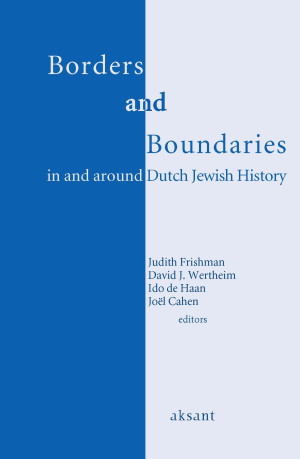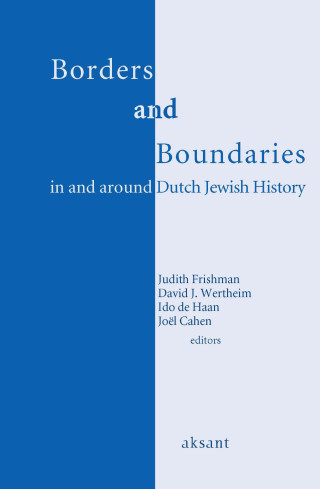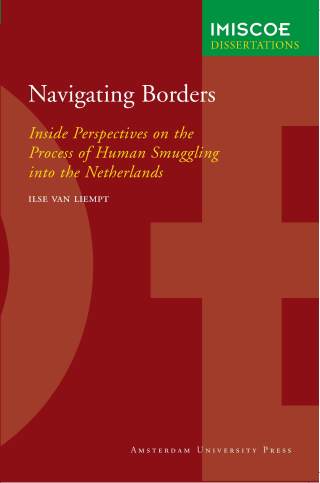De artikelen in deze bundel belichten de veelzijdige betekenis van ‘grenzen’ voor de joodse geschiedenis binnen en rondom Nederland. De auteurs schetsen met hun bijdragen een beeld dat ingaat tegen de klassieke notie dat joodse gemeenschappen te definiëren zijn langs de grenzen van getto’s, natiestaten, religie, of vanuit een vaste etnische identiteit.
In plaats daarvan tonen zij vanuit een anti-essentialistisch perspectief hoezeer wisselende omstandigheden – geografisch, politiek – nationaal en ideologisch van invloed zijn op de constructie en veranderlijkheid van collectieve joodse identiteit. Of het nu ging om de invloed van Duitse joden op de vorming van een liberaal jodendom in Nederland, de Portugese identiteit van de joden van Salonika of de Antwerpse diamantslijpers die naar Israël emigreerden, telkens blijkt dat grenzen in de joodse geschiedenis zowel bepalend, als veranderlijk zijn.





